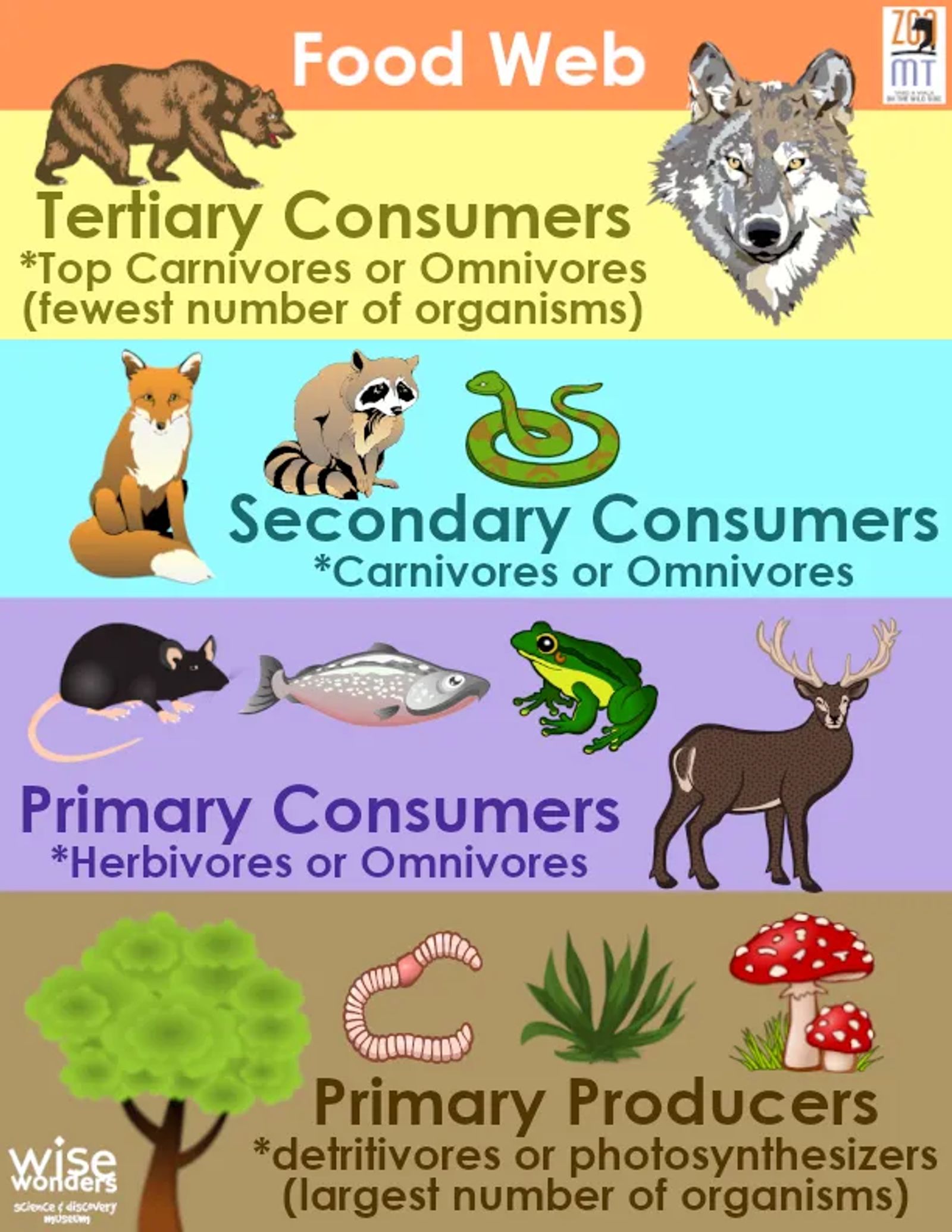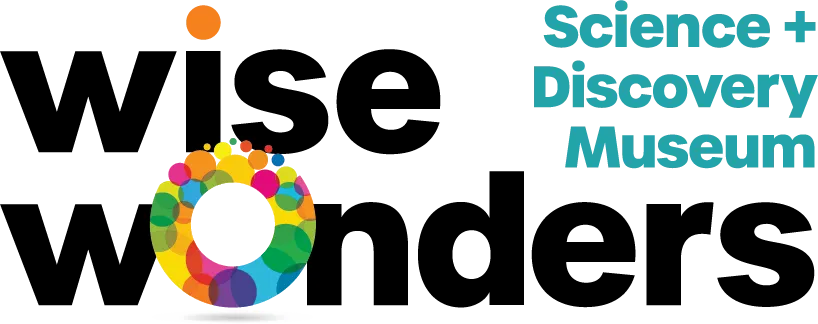The Food Webs Challenge
12/10/2020
Food Web Has Multiple Meanings for Spiders...
But don't let that bug you! We'd love to know what food webs you notice outside your home, so send us a video or picture of your food web, and share any realizations you've made along the way. You can do this by clicking this link, or the blue box below that says "Send Us Your Food Web!"

Wait, I Thought They Were Called Food Chains?
You may have heard of the food chain before, like the phrase "sharks are at the top of the food chain." Food chains and food webs think about the same thing, the flow of nutrients (energy) between members of a community. Food webs think about more than one path that energy flow can take, in other words they think about a much larger community. For instance, a food chain might be something like [ phytoplankton > zooplankton > small fish > big fish > sharks ] where the > symbol means the organism to the right eats the creature to the left. A food web helps you think about other organisms that exist in that ecosystem, such as crustaceans that eat zooplankton, or whales that eat the small fish. If you look at our graphic above, raccoons are also scavengers
Why Do We Care About Food Webs and Chains?
Food chains and food webs are models. Models are important because they help us organize our thoughts about a system, in this case ecosystems. When we order our thoughts and represent relationships we have observed in nature, we can learn important information. For instance, if we look at marine food webs, we might notice that almost everything relies on plankton somehow, whether it's what they eat or what their food eats. With a food web, we can see these relationships more easily, which means we can change our hunting and fishing behaviors to ensure healthy ecosystems. I always think of one of my favorite song lyrics, "sticks and stones may break my bones but food chains excite me!"
